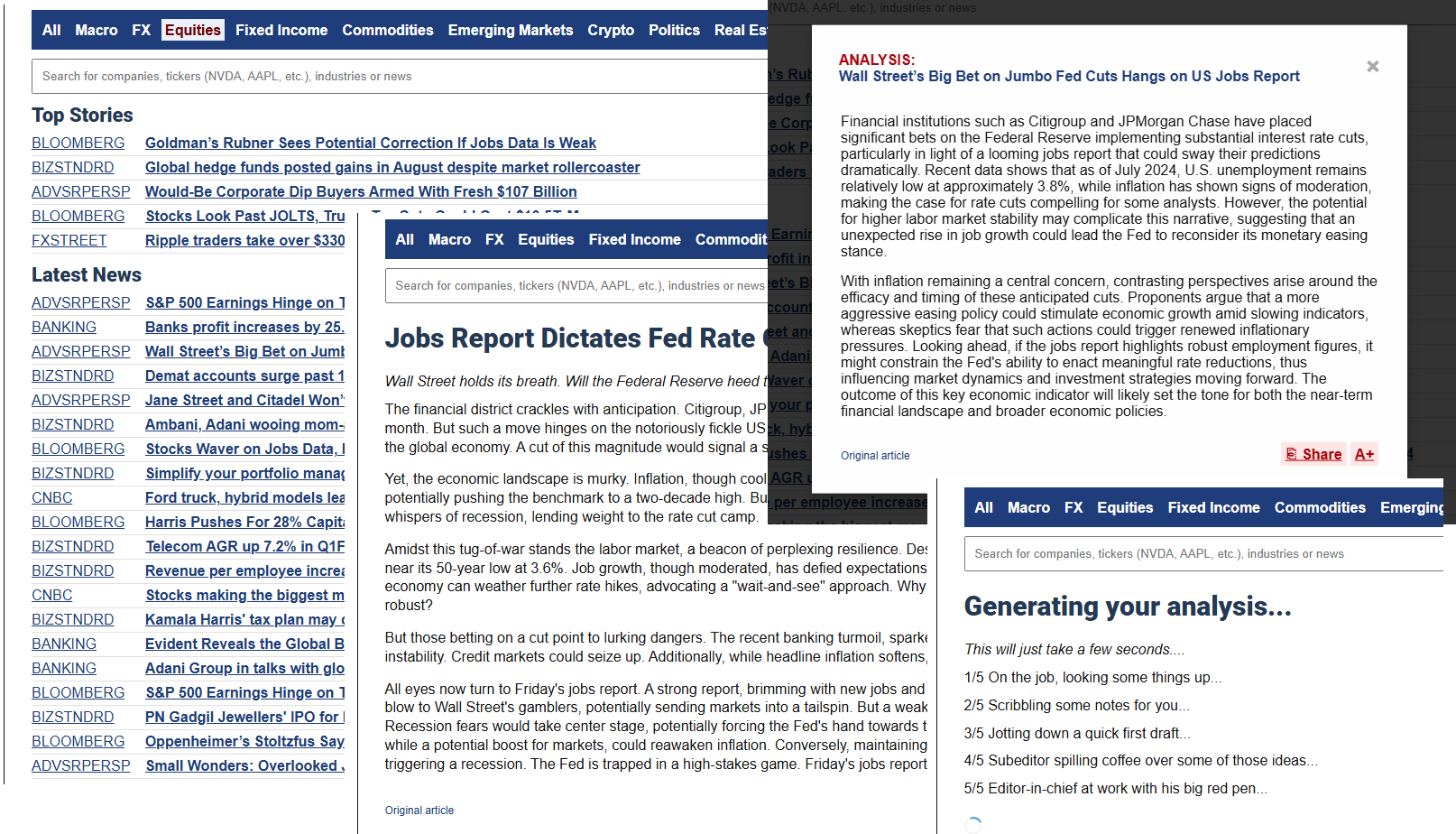India Overhauls Export Strategy Amid Skyrocketing Freight Costs
India grapples with rising freight costs, container shortages, and a heavy reliance on major global shipping hubs. The Global Trade Research Initiative (GTRI) reports shipping rates for a 40-foot container averaged $4,942 in 2022 but have settled around $4,775 in 2024, reflecting the pandemic's lasting impact and a recovering global economy. Ajay Srivastava, founder of GTRI, urges India to increase domestic container production and support local shipping companies to reduce dependency on foreign carriers, aiming to mitigate the disruptions seen in the global supply chain during the pandemic. Recurring global supply chain issues, further strained by the Russia-Ukraine war and U.S.-China tensions, exacerbate these challenges. Despite a 21% drop in crude oil prices since March, consumer costs remain high, complicating government efforts to manage inflation with elections looming. Rising freight costs also intersect with environmental concerns, prompting a push for locally produced goods and sustainable shipping methods. This aligns with global trends like the rise of regenerative agriculture, although similar escalations in food prices raise public opposition. In response to high freight costs, sectors are diversifying, such as Western Australian landowners embracing agritourism for additional revenue. Indian agro-businesses might follow suit, leveraging agritourism to buffer against export market fluctuations. Macroeconomic strategies from central banks and financial institutions play a crucial role in navigating these fluctuations. The Federal Reserve's balanced approach to inflation and housing pressures highlights the intricate policy decisions Indian policymakers must make. High operational costs and regulatory burdens seen in companies like PwC and Moderna reflect a broader trend. India’s adaptability to such pressures through future-focused strategies and restructuring could set a precedent for resilience in the global economic landscape. Reducing dependence on external sources, while strengthening local industries, could offer India a path to develop robust, innovative supply chains. Empowering local businesses and investing in sustainable practices position India as a formidable global market player. Addressing freight cost issues via GTRI’s strategies could build a self-reliant economic environment. As global economic conditions shift, India’s strategic approach to its export sector's challenges will be pivotal to its sustained success.
AI-Powered trading insights: join our email list
Real-Time Market Analysis
Get instant insights on market trends, news impact, and trading opportunities.

